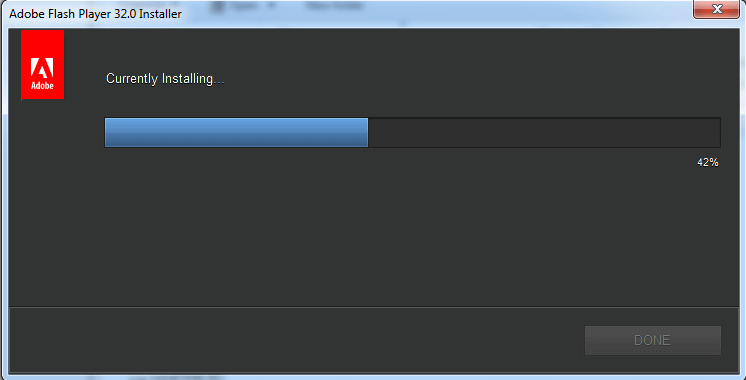

We're still thinking about ways to clean this up, and we'll be adding some clarification to the Native Control Panel UI shortly, but it's this interesting quagmire that we've found ourselves in as the browser space has evolved in good-but-unexpected directions over the last couple years. If you're using other Chromium-based browsers, then each Chromium browser maintains its own set of settings, which would need to be made through that SWF-based UI. This is a good thing for users, but it leads to an unfortunate fragmentation in how the settings are handled. The design decision in Chromium (which we totally agree with) prevents Flash Player from known what directory it's running in on the filesystem, and prevents it from reading or writing outside of it's little jailed filesystem. We feel that the likelihood of unexpected or undetermined states in our privacy and security UI is worse than the current fragmentation between browsers.

The notion of somehow discovering, registering and syncing config changes between all of the ActiveX, NPAPI and PPAPI instances would be a path fraught with peril, and we really don't want to go down that road.
What adobe flash player 32 ppapi used for android#
They hung around because of Android Flash Player for a while, and then PPAPI emerged and all of a sudden, we required them again because the Native Control Panel only modifies the central settings files used by browsers with looser sandboxes. We released the native control panel back in 2010 before PPAPI was a thing, with the intention of retiring those web-based control panels.

Just for some background, this is one of those things that is ugly and grew organically. Long story short, you'll need to add settings specifically for Chrome (and/or each PPAPI-based browser on your machine), and you have to do that through the SWF-based user interface, here:Īdobe - Flash Player : Settings Manager - Global Security Settings panel The nature of the PPAPI architecture is such that there is no way for the PPAPI Flash Player to read from the central settings files that the ActiveX and NPAPI Flash plug-ins share. It should, but the Flash Player packaged with Chrome is encapsulated from the other Flash installations on your computer.


 0 kommentar(er)
0 kommentar(er)
